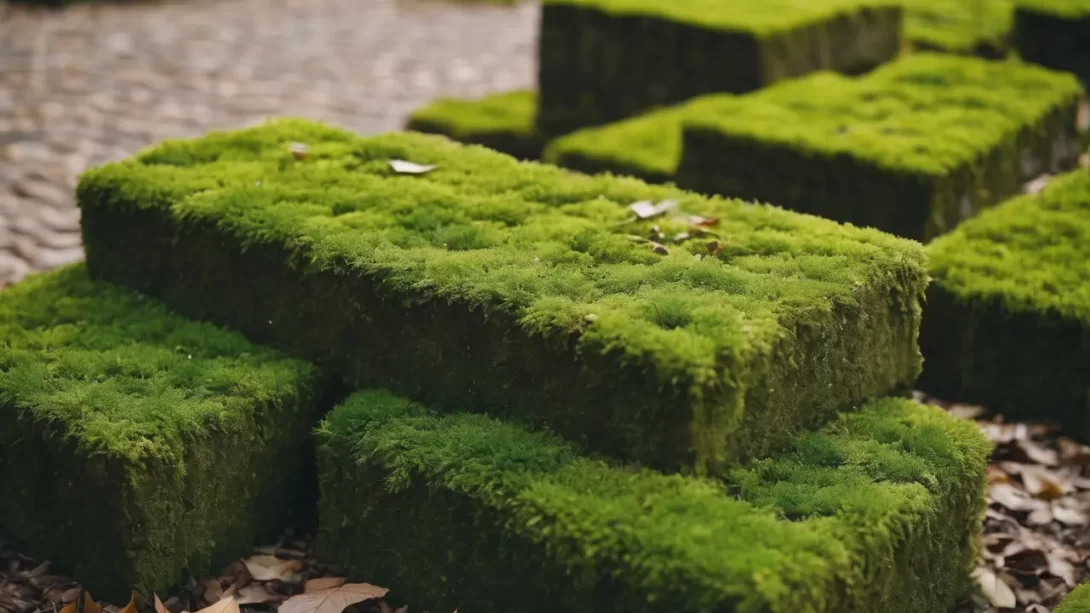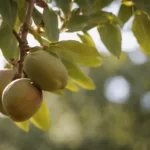Mossy stone bricks, with their rustic and natural appeal, are a popular choice in landscaping and construction projects. They add a touch of age and character to gardens, paths, and walls. This article will guide you through the process of creating your own mossy stone bricks, transforming ordinary stones into verdant, living pieces of art.
Mossy Stone Bricks
Mossy stone bricks are essentially stone bricks that have moss growing on their surface. This moss gives the bricks an aged, weathered look that is highly sought after in garden design and rustic-themed construction. They are commonly used in pathways, walls, and as decorative elements in gardens, blending seamlessly with the natural environment.
Materials and Tools Needed
To begin making mossy stone bricks, you’ll need a few basic materials and tools. These include:
- Stone bricks: Choose bricks with a rough surface for better moss adherence.
- Live moss: Can be sourced from your garden or purchased.
- Buttermilk, yogurt, or beer: Used as a growth medium for the moss.
- Sugar: Acts as a food source for the moss.
- Water: To create a moss slurry.
- Blender: For mixing the moss and growth medium.
- Paintbrush or sponge: For applying the moss mixture to the bricks.
- Gloves: To protect your hands during the process.
Preparing the Stone Bricks
Selecting the right stone bricks is crucial for the success of this project. Porous and rough-textured bricks are ideal as they provide a good surface for the moss to adhere to and grow. Begin by cleaning the bricks to remove any dirt, debris, or existing growth. This ensures that the moss mixture can adhere properly to the brick’s surface. If the bricks are new, consider weathering them slightly to improve moss adherence.
Creating the Moss Mixture
Creating the moss mixture is a simple yet critical part of the process. Start by breaking up your live moss into smaller pieces. In a blender, combine the moss pieces with buttermilk, yogurt, or beer – these act as a growth medium. Add a tablespoon of sugar to feed the moss, and blend the mixture until it reaches a paint-like consistency. If it’s too thick, add water until you achieve the desired consistency.
Application of the Moss Mixture
Once your moss mixture is ready, the application process begins. Here’s how to do it:
- Apply Generously: Using a paintbrush or sponge, apply the moss mixture generously onto the surface of the stone bricks. Ensure that the mixture covers the desired areas completely. The more thorough the application, the more evenly the moss will grow.
- Focus on Cracks and Crevices: Pay special attention to any cracks and crevices in the bricks. These areas are particularly conducive to moss growth, as they retain moisture and provide natural nooks for the moss to take root.
- Create a Pattern: If you desire a specific pattern or design, use the paintbrush to guide the mixture accordingly. Remember, the moss will grow where the mixture is applied, so use this to your creative advantage.
Curing and Care
After applying the moss mixture, the bricks will need to cure and be properly cared for to encourage moss growth:
- Curing: Place the moss-covered bricks in a cool, shady area where they won’t be disturbed. This environment mimics the natural conditions where moss thrives. Avoid direct sunlight, as it can dry out the moss and prevent it from taking root.
- Moisture is Key: Moss needs moisture to grow. Regularly mist the bricks with water to keep them damp, especially during the first few weeks after application. The goal is to keep the moss mixture moist but not waterlogged.
- Patience: Moss growth can be a slow process. It may take several weeks or even a few months for the moss to fully establish itself and start spreading.
Accelerating Moss Growth
To speed up the growth of moss on your stone bricks, consider the following tips:
- Ideal Conditions: Keep the bricks in an environment that mimics moss’s natural habitat – cool, moist, and shaded.
- Regular Watering: Maintain a consistent watering schedule. The moss should never dry out completely.
- Use a Mist Sprayer: A mist sprayer is ideal for watering, as it gently moistens the moss without washing away the mixture.
Troubleshooting Common Problems
Even with careful preparation and care, you might encounter some challenges when creating mossy stone bricks. Here are some common issues and solutions:
- Uneven Moss Growth: If you notice uneven growth, it could be due to inconsistent application of the moss mixture or varying levels of moisture. Reapply the mixture to bare spots and ensure even watering.
- Moss Not Adhering: If the moss isn’t sticking to the bricks, the surface might be too smooth or not properly cleaned. Roughening the surface slightly or re-cleaning the bricks can help. Also, ensure the moss mixture has a thick, paint-like consistency for better adherence.
- Moss Drying Out: This is often due to insufficient watering or too much sun exposure. Relocate the bricks to a shadier spot and increase the frequency of misting.
Conclusion
Creating mossy stone bricks is an art that combines gardening and creativity. It’s a process that not only beautifies the bricks but also brings a piece of nature into man-made structures. These bricks can add a timeless and organic feel to gardens, pathways, and architectural elements.
The key to successful mossy stone bricks lies in proper preparation, careful application of the moss mixture, and consistent care, particularly in terms of moisture. Patience is essential, as moss takes time to grow and flourish.
This DIY project is not just about the aesthetic appeal; it’s also about embracing the slow and rewarding process of nurturing growth. With the right approach and a bit of patience, you can transform ordinary stone bricks into a lush, green canvas that enhances your outdoor or indoor space. Mossy stone bricks are a testament to the beauty of combining natural elements with traditional materials, creating a harmonious blend that is both functional and enchanting.



